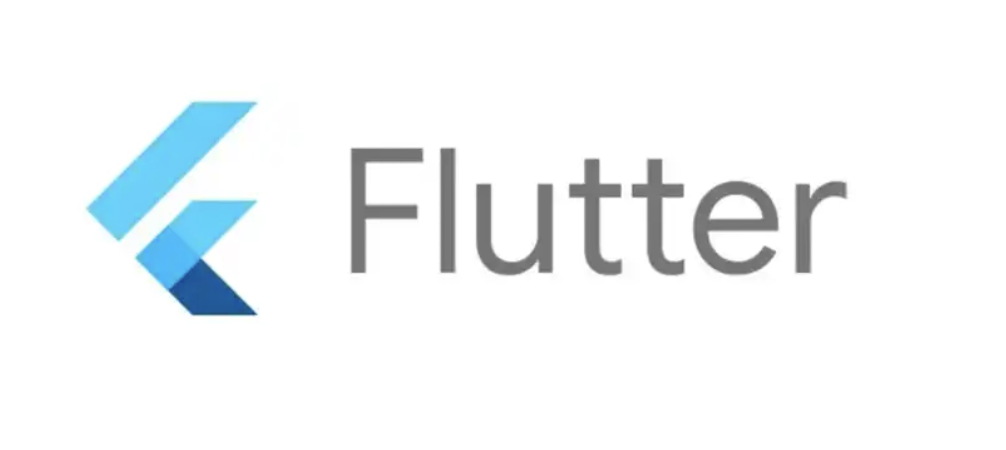3. Flutter のState クラスについて勉強する
tamappe
Tamappe Life Log

今日はStack について学習します。
Stack は縦でも横でもなくウィジェットを重ねるためのレイアウトです。
基本的なイメージは前回のColumnやRowと同じ機能で複数のウィジェットを配置するために用いられます。
つまり、ColumnやRowと全く同じものになります。
ウィジェットの配置が違うだけで、仕組みは同じというのがわかります。
と思ったのですが、ColumnやRow みたいなプロパティが存在していませんでした。
つまり、
のプロパティが見られませんでした。
使えるプロパティは
Stack({
Key key,
this.alignment = AlignmentDirectional.topStart,
this.textDirection,
this.fit = StackFit.loose,
this.overflow = Overflow.clip,
List<Widget> children = const <Widget>[],
})のようになっています。
サンプルコードでStackの使い方の雰囲気を掴みます。
stackview.dart
import 'package:flutter/material.dart';
class StackView extends StatefulWidget {
@override
_StackViewState createState() => _StackViewState();
}
class _StackViewState extends State<StackView> {
@override
Widget build(BuildContext context) {
return Scaffold(
appBar: AppBar(
title: Text('Stack Sample'),
),
body: Stack(
children: _stackViews,
),
);
}
var _stackViews = <Widget>[
Stack(
children: <Widget>[
Container(
color: Colors.red,
width: 300.0,
height: 300.0,
child: Text(
"1st View",
style: TextStyle(
fontSize: 30.0,
fontWeight: FontWeight.w400,
fontFamily: "Roboto"),
),
),
Container(
color: Colors.green,
width: 200.0,
height: 200.0,
child: Text(
"2nd View",
style: TextStyle(
fontSize: 30.0,
fontWeight: FontWeight.w400,
fontFamily: "Roboto"),
),
),
Container(
color: Colors.blue,
width: 100.0,
height: 100.0,
child: Text(
"3rd View",
style: TextStyle(
fontSize: 30.0,
fontWeight: FontWeight.w400,
fontFamily: "Roboto"),
),
),
],
)
];
}main.dart
import 'package:flutter/material.dart';
import './stackview.dart';
void main() => runApp(MyApp());
class MyApp extends StatelessWidget {
final title = 'Stackのサンプルコード';
@override
Widget build(BuildContext context) {
return new MaterialApp(
debugShowCheckedModeBanner: true,
title: 'Sample App',
theme: new ThemeData(
primarySwatch: Colors.blue,
primaryColor: const Color(0xff2196f3),
accentColor: const Color(0xff2196f3),
canvasColor: const Color(0xfffafafa),
),
home: new StackView(),
);
}
}これをビルドすると次のスクリーンショットのように表示されます。

Stackのサンプル
iOSでいえば普通のUIViewのような印象を受けますが、複数のウィジェットを重ねるときにStackを使うと覚えればうまくレイアウトの配置ができると思いました。
次はGridViewを予定していますが、GridViewのGridView.countとGridView.extendの違いがまだ理解していませんので
丁寧に学習を進めたいと思っています。